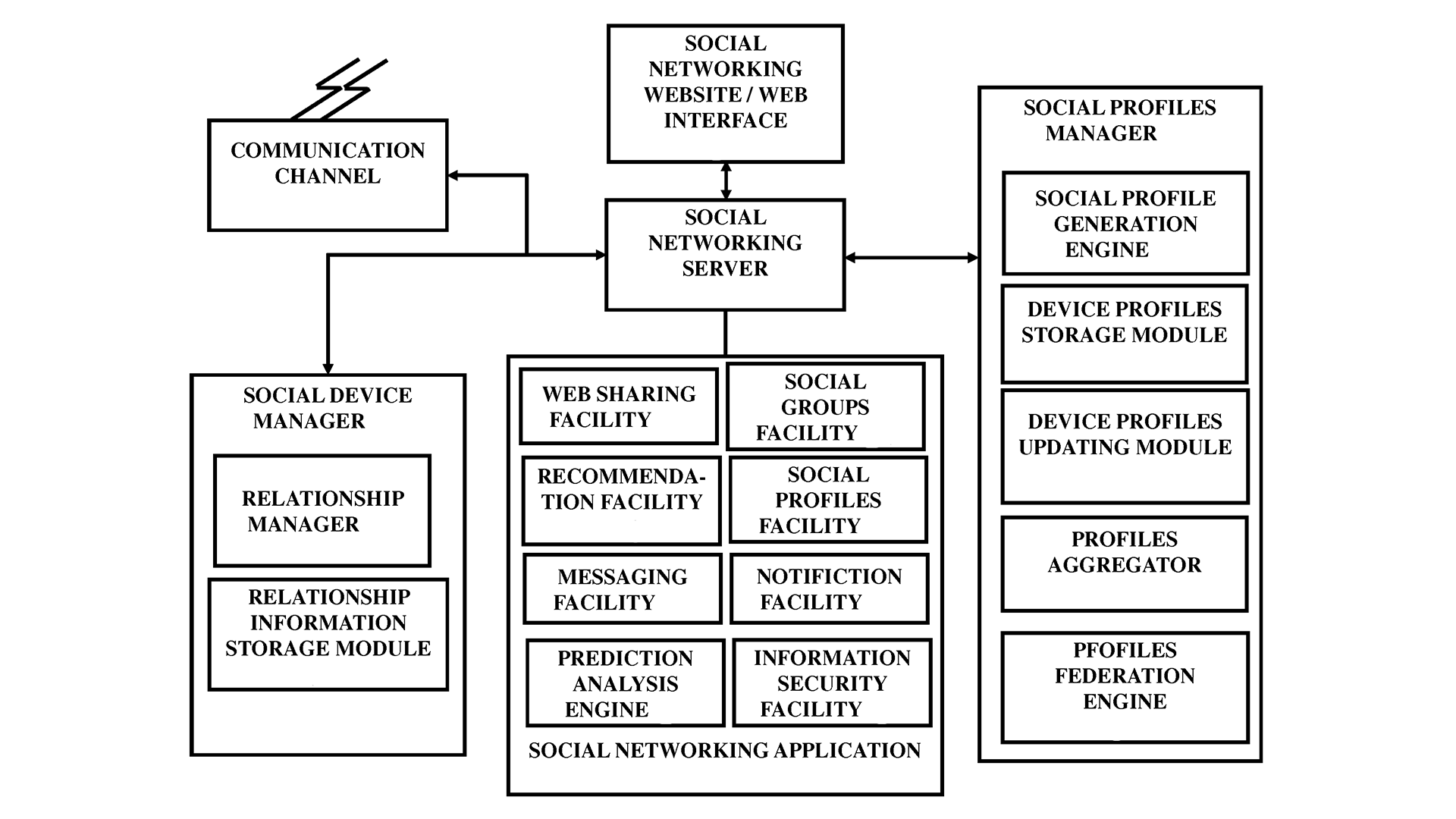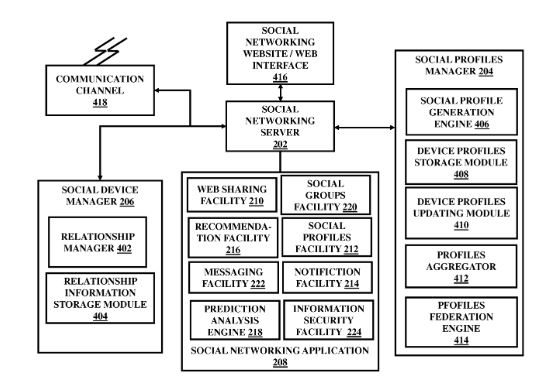
In the evolving landscape of device interaction and automation across domains like healthcare, manufacturing, and aviation, there’s a growing demand for advanced solutions. These solutions aim to enhance device interconnection and interaction while fostering seamless integration into a socially aware network. The current state of device management falls short in providing comprehensive solutions for these challenges.
In today’s highly interconnected world, there is a pressing need for robust social networking services among devices. Devices are no longer isolated entities; they are crucial components of complex systems that require efficient coordination and collaboration. However, existing approaches often struggle to create and manage individual-centric device profiles within a socially aware network. This limitation makes it difficult to identify devices for both participants and networking servers, thus hindering meaningful interactions.
To tackle these issues, the development of a novel system and method has become crucial. This innovation aims to facilitate effective device integration through a social networking platform. This approach has the potential to revolutionize the way devices interact and collaborate across various domains. By implementing a sophisticated predictive analytics engine and incorporating NFC channels, the fault detection capabilities can be significantly improved, making these systems even more robust and reliable for senior healthcare leaders and experts in their field.
Technical Solution: A Revolution in Device Collaboration
This revolutionary technology transforms the way devices collaborate within a socially aware network. It enables devices to seamlessly communicate, predict future behaviors, and manage faults. In healthcare, it monitors device health and seamlessly switches to alternatives when issues arise. This innovation opens new possibilities across various domains.
A Paradigm Shift in Device Interaction
In the rapidly evolving landscape of device integration and interaction, this proposed patented technology presents an innovative system and method that revolutionizes the way devices collaborate within a socially aware network. This groundbreaking solution centers around a Social Networking Server that acts as the hub for facilitating social information exchange among a multitude of devices. What sets this system apart is the Social Profiles Manager, which creates and manages individual-centric profiles for each device within the network. These profiles serve as social representations of the devices, making them identifiable not only to other devices but also to the Social Networking Server.
Social Networking Server: The Digital Hub for Device Interaction
The real magic happens through a series of social tasks orchestrated by the Social Device Manager. These tasks enable devices to seamlessly join or leave the socially aware network, extend connections to like-minded devices, and even perform actions based on predicted future behaviors. A Social Networking Application cluster offers various social facilities, such as web-sharing, social profiles creation, and social group formation, enriching the overall social experience for the devices.
Imagine a sophisticated healthcare system that acts like a social network for both medical devices and people. This system enables seamless communication and collaboration among these participants within a network designed for social interactions. At its heart is the “social networking server” that serves as the digital hub, allowing participants, which include both medical devices and people, to exchange information and engage in various social tasks.
To make this collaboration effective, the system uses the “social profiles” for each medical device. Think of these profiles as digital identities that represent the devices within the network. These profiles help participants, including non-device users, to recognize and interact with the medical devices easily. Additionally, the system employs predictive analytics to anticipate the future behavior of non-device users based on their past social activities, enabling it to provide insights into how medical devices can assist these users in the future.

Figure 1
Improving Device Communication with NFC Channels
One notable feature is the incorporation of Near Field Communication (NFC) channels, allowing devices to communicate with an external controller. This ensures that social content exchange is not confined to a single channel, enhancing the efficiency of device interactions. Moreover, the system provides robust security through an Information Security Facility that encrypts and decrypts social content, ensuring privacy and data integrity.

Figure 2
This introduces a clever way for devices to communicate and share information in a socially connected network, much like how people interact on social media. Imagine two medical devices, Device A and Device B, each paired with an external controller. These devices are within close proximity, and they communicate through a special channel called Near Field Communication (NFC), much like how smart phones can share data by tapping them together.
Seamless Information Exchange
When Device A initiates a social activity, it sends information to its NFC point, which then transfers this data to its external controller. This external controller is connected to a broader network, the socially aware network. This network automatically picks up the information from Device A and forwards it to Device B’s external controller, which then relays it to Device B. This seamless exchange of information allows devices to interact and collaborate.
This system is incredibly versatile, as it can work with different types of devices, even wearable ones like medical sensors. It can also operate within various network ranges, whether in a close range like Bluetooth or over longer distances, such as Wi-Fi or the internet. Furthermore, it’s not limited to the medical field; it can be applied to other critical industries like aviation, manufacturing, and automotive sectors.
The technology turns devices into social beings, enabling them to share data, collaborate, and enhance their capabilities, much like how we engage with each other on social media platforms.
In healthcare, the technology shines by enabling health-related device interactions. It creates a Health Profile for each device, monitoring their adherence to predefined working parameters. If a fault is detected, the system intelligently identifies an alternative device to maintain seamless health management.
In essence, this patented technology empowers devices to collaborate, share information, and synchronize their actions within a socially aware network. It is a groundbreaking solution that pushes the boundaries of device interaction and opens up new possibilities across various domains, from healthcare to manufacturing, and beyond.
Security is paramount in this system, with robust encryption measures in place to protect the exchanged information. What’s truly remarkable is the “risk manager,” which evaluates the safety and reliability of new devices joining the network based on their individual and collective risk patterns. This ensures that only trusted devices are allowed to connect, enhancing the system’s overall security and reliability. In essence, this invention revolutionizes how healthcare devices and individuals interact, making collaboration in the healthcare sector more effective and secure.
